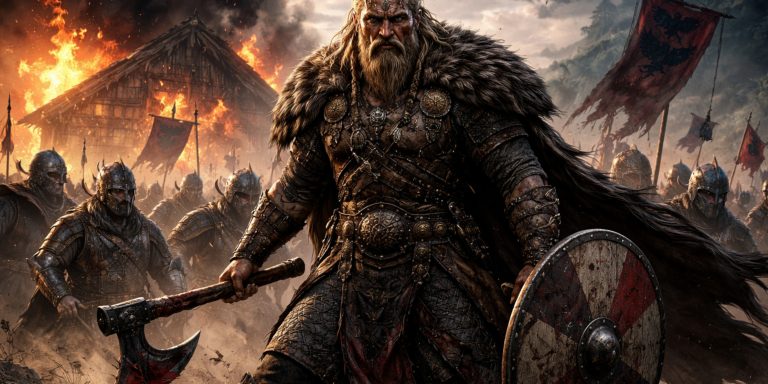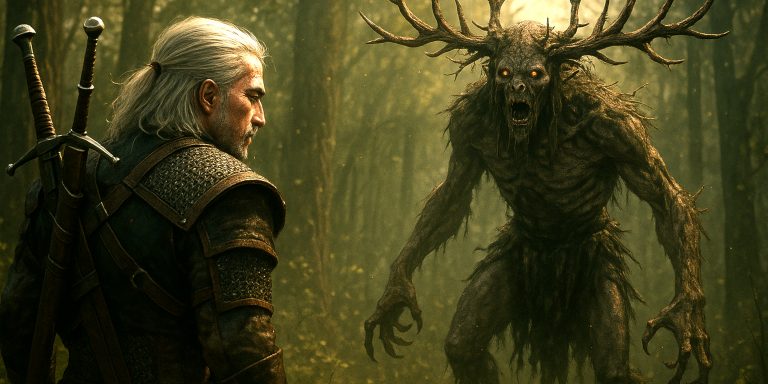
Mount & Blade II: Bannerlord is so much more than just a strategy and combat sandbox. Beneath its emergent gameplay lies a carefully structured reflection of medieval Europe and the Near East between roughly 1000 and 1300 AD. While it never claims historical accuracy outright, its depiction of feudal politics, warfare, and class hierarchy resonates deeply with the realities of the Middle Ages. For historians and enthusiasts alike, Bannerlord offers an intriguing simulation of how fragile power, loyalty, and ambition could be in a world held together by swords and oaths.
The Political System: Feudalism Reimagined
At the core of Bannerlord lies a feudal structure recognisable to any student of medieval history. Lords owe allegiance to kings, vassals command small armies funded by land grants, and dynastic power depends on marriage alliances and territorial control.
In medieval Europe, this system evolved from Carolingian precedents into a web of obligation and inheritance. Bannerlord mirrors this instability: vassals defect, clans fracture, and personal ambition often outweighs loyalty. The “influence” mechanic is a simplified reflection of feudal favour and negotiation, power not measured in gold alone but in reputation and service.
Warfare and Military Organisation
The heart of Bannerlord’s design lies in its combat and army management, both grounded in medieval precedent.
Examples include:
| Aspect | Historical Parallel | In-Game Reflection |
|---|---|---|
| Cavalry dominance | Norman and Byzantine elite cavalry | Cataphracts and noble knights |
| Infantry cohesion | Shieldwall tactics of Saxons and Vikings | Formations, morale, and command orders |
| Siege warfare | Use of trebuchets, battering rams, and siege towers | Player-built siege engines and prolonged assaults |
| Mercenary contracts | Routiers and free companies of the 14th century | Player-led mercenary bands and temporary alliances |
The game’s tactical layer captures the logistical complexity of medieval campaigns: slow marches, desertion, and attrition. While the AI occasionally simplifies strategy, the spirit of resource scarcity and feudal levies feels strikingly authentic.
The Economy and Social Hierarchy
Trade, production, and urban growth in Bannerlord are driven by supply and demand, a loose reflection of medieval mercantilism before true capitalism emerged. Villages supply raw materials, towns process goods, and caravans risk bandits and warfare to maintain regional economies.
Historically, this system resembles the manorial and guild-based economies of the 12th and 13th centuries. Lords taxed villages, while guilds controlled production and trade in burgeoning towns. Bannerlord’s workshops, caravans, and peasant labour model this balance between land-based wealth and emerging urban prosperity.
The rigid social hierarchy of Calradia mirrors medieval Europe’s three estates: those who fight, those who pray, and those who work. Even as the player rises through the ranks, the friction between noble privilege and common hardship remains evident.
Cultural Inspirations
Each of Bannerlord’s factions draws from specific medieval civilisations, offering a comparative framework for cultural study:
| Faction | Historical Inspiration | Cultural Traits Reflected |
|---|---|---|
| Vlandians | Normans and early English feudalism | Heavy cavalry, feudal vassalage |
| Sturgians | Kievan Rus and Norse settlers | Axes, longships, clan-based loyalties |
| Battanians | Celtic tribes and medieval Wales | Guerrilla warfare, forest warfare |
| Khuzaits | Mongol and Turkic steppe cultures | Horse archers, nomadic hierarchy |
| Aserai | Islamic Caliphates and Berber states | Caravans, desert warfare, trade focus |
| Empire | Byzantine Empire | Bureaucratic governance, cataphracts, civil wars |
This fusion of cultures illustrates the dynamic contact zones of the medieval world, where Latin, Slavic, and Islamic civilisations traded, fought, and learned from one another.
Law, Honour, and Reputation
In Bannerlord, honour and reputation directly shape political power and personal safety. A dishonourable lord finds alliances fleeting, much as in medieval courts where broken oaths could destroy a noble’s standing. The game’s decision-making, executing prisoners, betraying lords, or marrying for power, captures the moral ambiguity of medieval politics.
While the game simplifies law into reputation and relationship metrics, it evokes the unwritten codes of chivalry, hospitality, and vengeance that governed conduct in real medieval societies.
The Role of Religion (or Its Absence)
One notable omission is organised religion. While the developers chose to exclude it for gameplay simplicity, its absence highlights how integral faith was to medieval identity and governance. In real Europe, kings ruled “by the grace of God,” crusades reshaped empires, and clerics mediated politics. Bannerlord’s secular world underscores how different medieval society might look without religious institutions, an interesting historical thought experiment in itself.
The Seven Swords Takeaway
Bannerlord succeeds not by reproducing medieval history verbatim, but by capturing its essence. It translates the feudal experience, duty, ambition, and survival, into a living system. As a historian, what stands out is not what the game gets wrong, but how much it gets right about the rhythms of power and conflict in the medieval world.
Calradia may be fictional, but its echoes of Europe’s real past are unmistakable. For players willing to look beyond the battles, Bannerlord offers one of the most compelling interactive reflections of the Middle Ages yet created.



